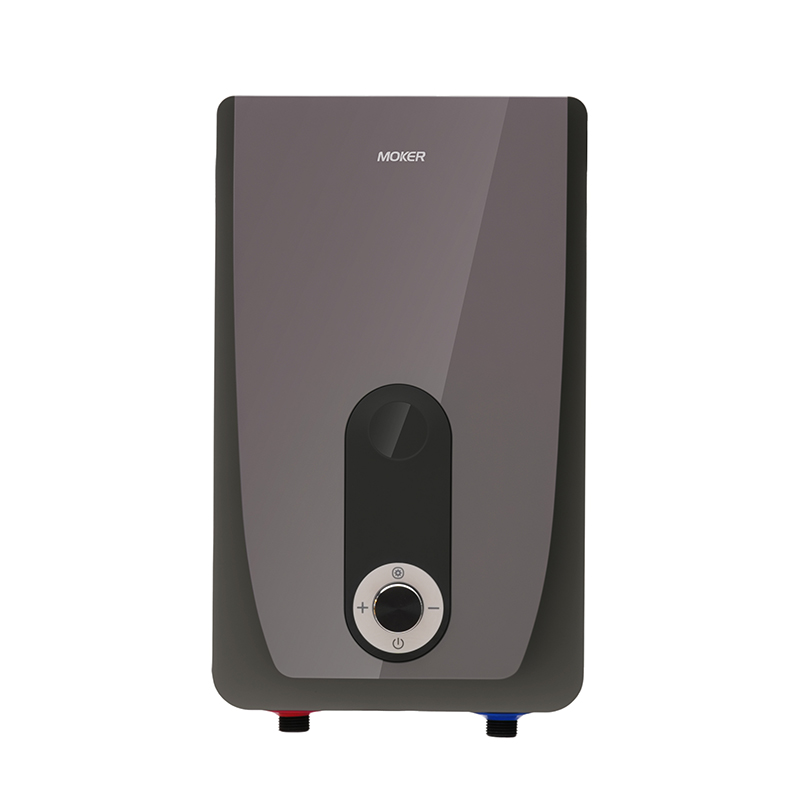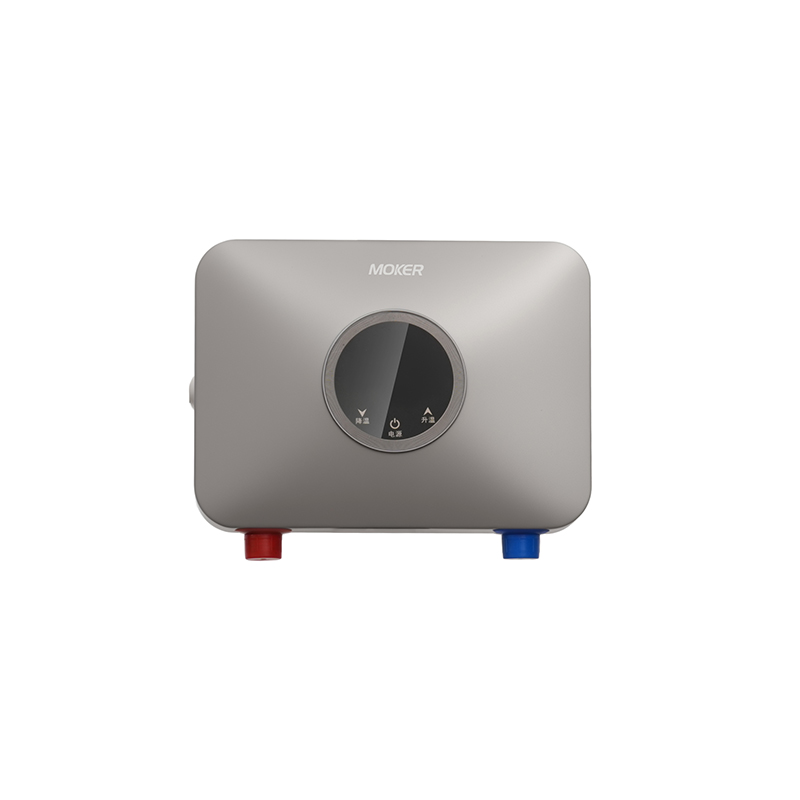Water Quality Pre-Treatment Needs for Different Water Heaters
Water quality pre-treatment is critical to prevent damage, maintain efficiency, and extend the service life of water heater. Hard water, sediment, and impurities can cause scaling, corrosion, or clogging—issues that vary by water heater design. Electric water heater, Tankless Water Heater, Instant water heater, electric tankless water heater, and instantaneous water heater electric each have distinct pre-treatment requirements based on their internal components and operating mechanisms.
Electric water heater requires pre-treatment focused on sediment and scale reduction. In hard water areas (above 7 grains per gallon), Electric water heater benefits from a whole-house water softener to remove calcium and magnesium ions. These minerals form scale on Electric water heater’s heating elements, insulating them and increasing energy consumption by 10–30%. A sediment filter installed at the inlet of Electric water heater traps sand, rust, and debris, preventing accumulation at the tank bottom—buildup that can cause uneven heating or element burnout. For regions with high iron content (above 0.3 ppm), an iron filter paired with Electric water heater prevents reddish-brown staining and corrosion of the tank’s interior lining.
Tankless Water Heater demands strict pre-treatment to protect narrow heat exchangers. Tankless Water Heater’s small-diameter heat exchanger channels (as small as 0.2 inches) clog quickly with scale, so a water softener is mandatory in hard water areas. Even moderate hardness (3–7 grains per gallon) can reduce Tankless Water Heater’s flow rate by 50% within 1–2 years without treatment. A sediment filter with 5–10 micron rating is also required for Tankless Water Heater, as tiny particles can scratch heat exchanger surfaces and impede heat transfer. Gas-powered Tankless Water Heater may need an acid neutralizer in areas with acidic water (pH below 6.5) to prevent corrosion of copper heat exchangers.
Instant water heater needs targeted pre-treatment for its compact heating chamber. Instant water heater’s high-power heating elements (2–5 kW) are prone to rapid scale formation, so a point-of-use water softener (under-sink model) is recommended in hard water areas. A inline sediment filter (10–20 micron) at Instant water heater’s inlet prevents debris from blocking its narrow water passages—clogs that can cause overheating or shutdowns. For Instant water heater installed in regions with high chlorine levels (above 1 ppm), a carbon filter reduces chemical buildup on heating elements, which can degrade element coatings and shorten lifespan.
Electric tankless water heater requires pre-treatment balancing scale prevention and flow maintenance. electric tankless water heater’s stainless steel or copper heating elements are susceptible to scale, so a water softener (whole-house or point-of-use) is essential in hard water areas. A sediment filter with 5 micron rating protects electric tankless water heater’s flow sensors, which rely on unobstructed water movement to activate heating. Unlike gas Tankless Water Heater, electric tankless water heater is less vulnerable to corrosion from acidic water, but a pH adjuster (to raise pH to 6.5–8.5) is still advised for long-term component protection. Some electric tankless water heater models include built-in scale inhibitors, but these complement—rather than replace—external pre-treatment.
Instantaneous water heater electric needs minimal but precise pre-treatment for its tiny components. instantaneous water heater electric’s micro-scale heating coil (0.1–0.3 inches in diameter) requires a point-of-use sediment filter (5–10 micron) to trap even small particles, as clogs here can render the unit inoperable. In moderately hard water (3–5 grains per gallon), a small-scale water conditioner (not full softener) reduces mineral buildup on instantaneous water heater electric’s coil without adding salt residues. For areas with high turbidity (cloudy water), a sediment pre-filter with 20 micron rating is needed before the point-of-use filter to prevent rapid clogging of instantaneous water heater electric’s inlet.
Pre-treatment effectiveness directly impacts water heater performance and lifespan. Electric water heater relies on sediment and scale filters, Tankless Water Heater needs strict softening and fine filtration, Instant water heater benefits from point-of-use softening, electric tankless water heater requires balanced scale and particle protection, and instantaneous water heater electric needs micro-filtration. Matching pre-treatment to each water heater type’s needs ensures optimal operation and avoids costly repairs from - related damage.





